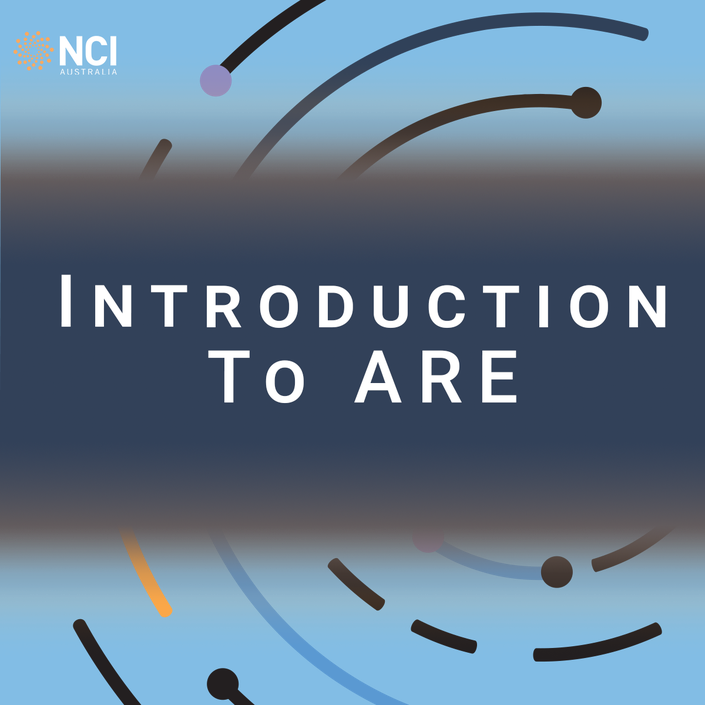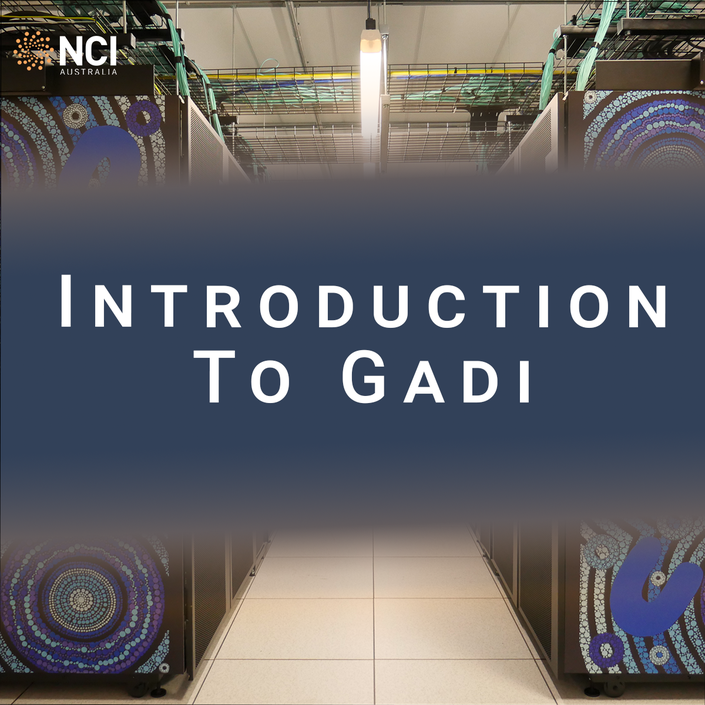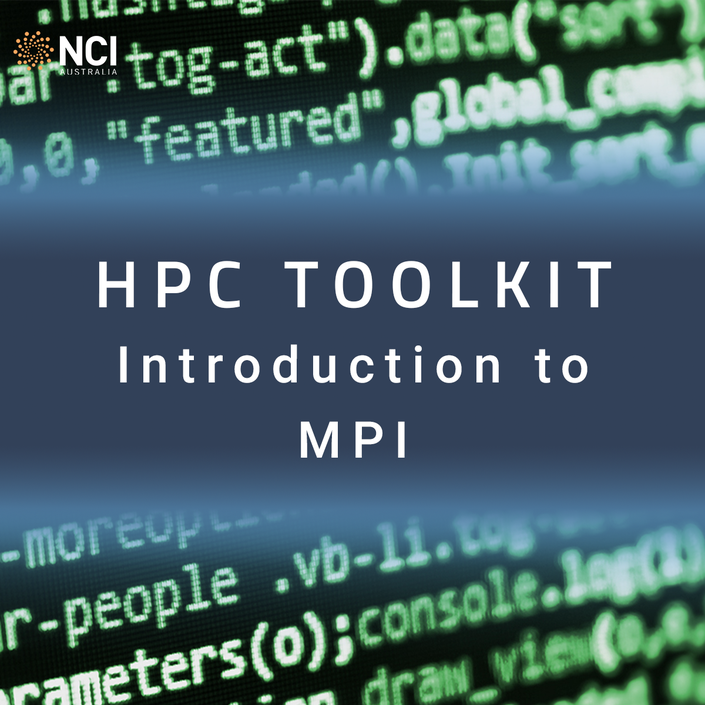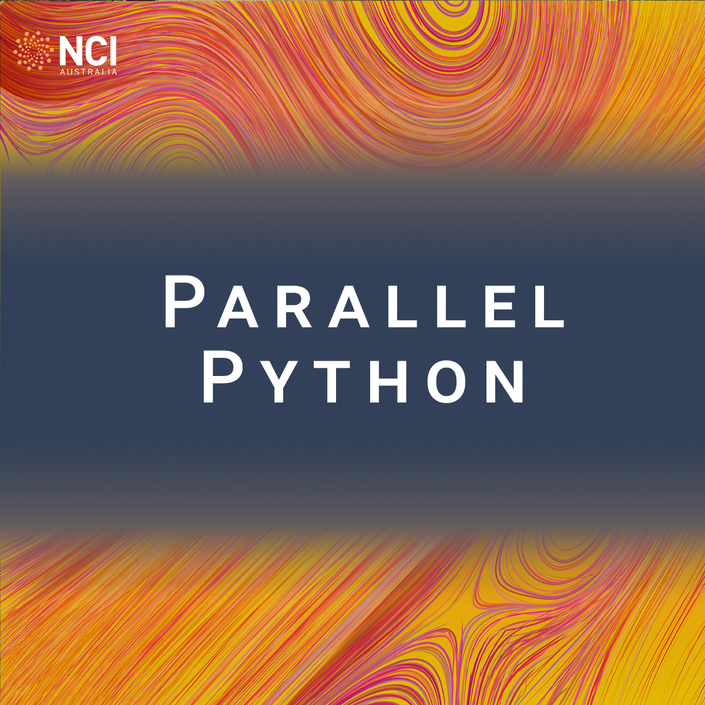
The AI/ML Applications on Gadi - Astronomy course takes recently published results from the Hydrogen Epoch of Reionizaton Array collaboration as a demonstration and uses Tensorflow/Keras to build a simple emulator for the 21cm FAST simulation. We also show how to write a simple Bayesian framework using EMCEE to perform inference with the emulator. At the end, you will take home 2 Jupyter notebooks which can be easily adapted for your own science projects.
Course Information
Prerequisites
Only basic experience with Python is required. Knowledge about Machine Learning and Bayesian inference is sufficient. Training data and practice codes will be provided for the exercises. Attendees are also encouraged to prepare their own training data\footnote{Training data can be anything you would like to emulate of your model, such as a forward-modeled observation that you would like to compare against, or a light cone produced by your 3D simulations.}. The training will focus on using TensorFlow for network training and EMCEE for Bayesian inference.
The training session is driven on the Australian Research Environment (ARE) and Gadi. Attendees are encouraged to review the following page for background information.
Objectives
This course is designed to be the first one for astronomers. As such, it aims to help attendees
- raise awareness of different applications of AI/ML in astronomy,
- construct a neural network to emulate a complex model,
- build a simple framework to perform Bayesian inference.
Learning Outcomes
At the completion of this training session, you will
- know of a number of AL/ML applications in astronomy,
- bring home a plug-in neural network that you can apply to emulate your own model,
- bring home a plug-in Bayesian framework that you can apply to perform inferences on your own data.
Topics Covered
- Models in astronomy (CMB, 21-cm, IGM neural fraction, Galaxy population)
- AI/ML in astronomy
- Basics of neural network
- neurons
- activation function
- types of neural networks
- training neutral networks
- Data preparation (using the recent 21-cm inference work as demonstration, https://arxiv.org/abs/2108.07282)
- Write and train a neural network step by step
-
Write and perform a Bayesian framework step by step
- Course Information
- Content Information
- Astronomy Background and Usage of Summary Statistics (16:16)
- Basics of Neutral Networks - Neurons, Activation Functions and Types of Networks (21:35)
- Continue Basics of Neural Networks - Loss Functions, Learning Rate and the Optimiser; Introduce the Bayesian Inference and Samplers (22:45)
- Launching ARE and Inspecting the HERA Dataset (24:23)
- Continue Inspecting the HERA Dataset; Introduce the Published Inference Using 21cm FAST (21:23)
- Clean and Build Training Datasets (23:05)
- Further Data Preparation (13:24)
- Train the Network (23:08)
- Continue Training the Network and Inspecting the Training Progress (20:37)
- Make Predictions Using the Training Emulator (15:37)
- Write Scripts to Do Bayesian Inference Using EMCEE (20:50)
- Continue Setup of EMCEE and Running MCMC (14:10)
- Inspect the MCMC Results and a Brief Introduction to the MultiNest Sampler (22:41)








